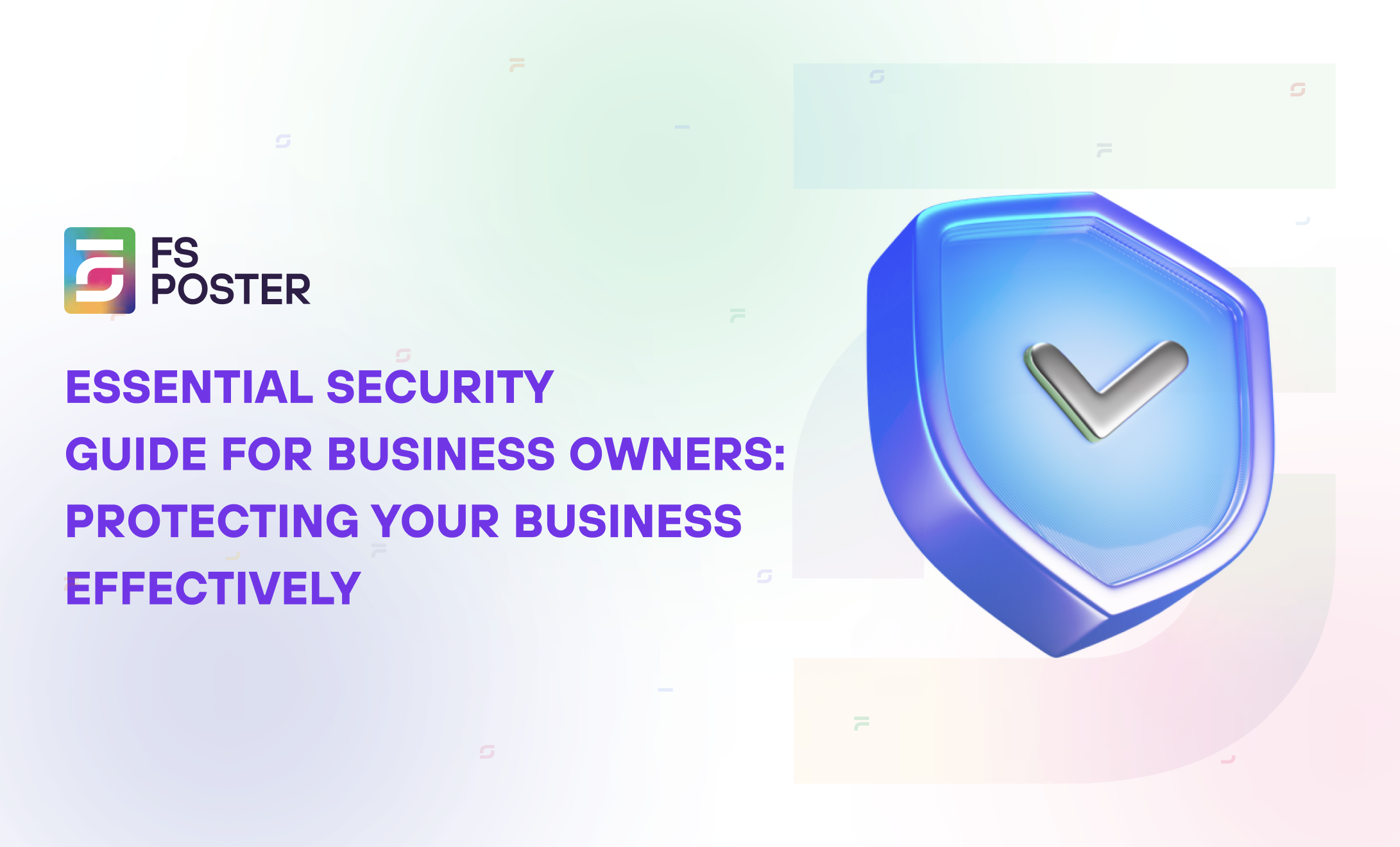
Amanda E. Clark
Author
Small business ownership is not for the faint of heart. That’s because any time you go into business for yourself, you inevitably take on some risk. In fact, one of the most mission-critical activities for any small business owner is to take stock of the risks they face, then to put some safeguards and protections into place.
What are the Most Common Business Risks?
To begin with, catalog some of the risks most common to small businesses. Specific risk exposures can vary depending on the industry, but a typical risk inventory might look something like this:
- Cybersecurity risks.Small businesses tend to be prime targets for hackers. A cybersecurity incident or data breach can lead to reputational damage and massive legal fees.
- Economic tumult.Simply put, economic markets are changing all the time, and in that ebb and flow a small business might lose its bearings. Recessions and shifts in consumer spending can impact practically any business.
- Competition.While having some healthy competition can be a good thing, too many competitors can shrink your business’ market share, causing diminished revenues.
- Litigation.We live in an increasingly litigious society, and there’s really no industry where businesses are safe and clear from potential lawsuits.
These are just a few of the most common risks for business owners to be aware of. Now the question is, what are some of the best safeguards to put into place?
How to Mitigate Your Business Risk
There are several steps that small business owners can take to keep their risk exposure to a minimum. Consider a few best practices.
Register Your Business as an LLC
One of the most formative decisions you’ll make about your business is which legal structure to employ. The legal structure you choose for your business can affect virtually every aspect of business operation, including risk management.
Many small businesses begin as Sole Proprietorships. A Sole Proprietorship means one person makes all the decisions, claims all the revenues, and takes on all the debts and liabilities. There are certainly some advantages to this format, but also one major drawback: Sole Proprietorships do not offer anything in the way of legal mediation.
For risk protection, a better option would be registering your business as a Limited Liability Company, or LLC. When you do so, you establish your business as a distinct legal entity, which means you’re able to keep business assets and liabilities separate from your personal ones. The upshot is that you can significantly limit your risk exposure, not only to potential litigation but also to aggressive creditors.
The steps involved with registering an LLC can change from one state to the next. For example, the requirements to start an LLC in Texas will look a little different from those in New York. Generally speaking, though, it’s necessary to select a Registered Agent, to file Articles of Organization, to pay the state registration fee, and to claim an EIN from the IRS.
Create an Operating Agreement
Another way for small businesses to mitigate risk is by creating an Operating Agreement. While this document is not legally mandatory, it can help any LLC to avoid certain types of risk… specifically, the risk of legal friction with potential business partners.
Basically, an Operating Agreement clarifies roles and responsibilities within the organization, denoting the ways in which partners share duties, revenues, and liabilities. Having an Operating Agreement significantly reduces your risk of being embroiled in a lawsuit should any of your business relationships sour.
Implementing Cybersecurity Basics
For any small business, the risk of a data breach looms large. Thankfully, there are a number of ways in which this risk can be mitigated, mostly just by adhering to IT best practices. Examples include:
- Ensuring your employees are fully trained on risk identification, password use, and other IT essentials.
- Using firewalls and encryption software to protect sensitive data.
- Having a data recovery plan in place, including routine data backups.
Obtaining Relevant Insurance
Insurance is one of the most important tools for mitigating business risk. While the types of security required can vary by business and by state, there are a number of options to consider. These include general liability coverage, worker’s comp, errors and omission insurance, and more.
The best way to assess your company’s specific insurance needs, and to ensure you have the right coverage, is to talk directly with an independent insurance broker.
Diversifying Revenue Streams
While no small business is completely safe from market downturns and other economic shifts, there are some basic practices that can help keep risk levels in check. One of the most important ways to minimize economic risk is through diversified revenue streams.
Rather than relying on a single source of income (putting all the eggs in one basket, so to speak), it’s important to seek multiple marketplaces or consumer audiences. Diversification is one of the best ways to achieve greater economic resilience.
Planning for Crises
Finally, remember that crises can happen to any business and at any time, whether in the form of a pandemic, a natural disaster, a cyberattack, or a PR snafu. It’s important to have a plan in place to respond to any crisis, and to mediate the fallout.
Your crisis plan should outline communication strategies and recovery steps, as well as any legal precautions that need to be taken under advisement.
Make Security Central at Your Small Business
Anything that’s worth doing is going to come with a little bit of risk. For small business owners, this risk can be frightening, but luckily, there are plenty of steps that can keep risk levels in check. These strategies make it possible to feel relative peace of mind as you pursue small business success.







![The Best Social Media Platforms For Your Business [Quick Guide]](https://www.fs-poster.com/uploads/posts/e057c52370ad3668ac2c013616bc8270.jpeg?ver=710)

